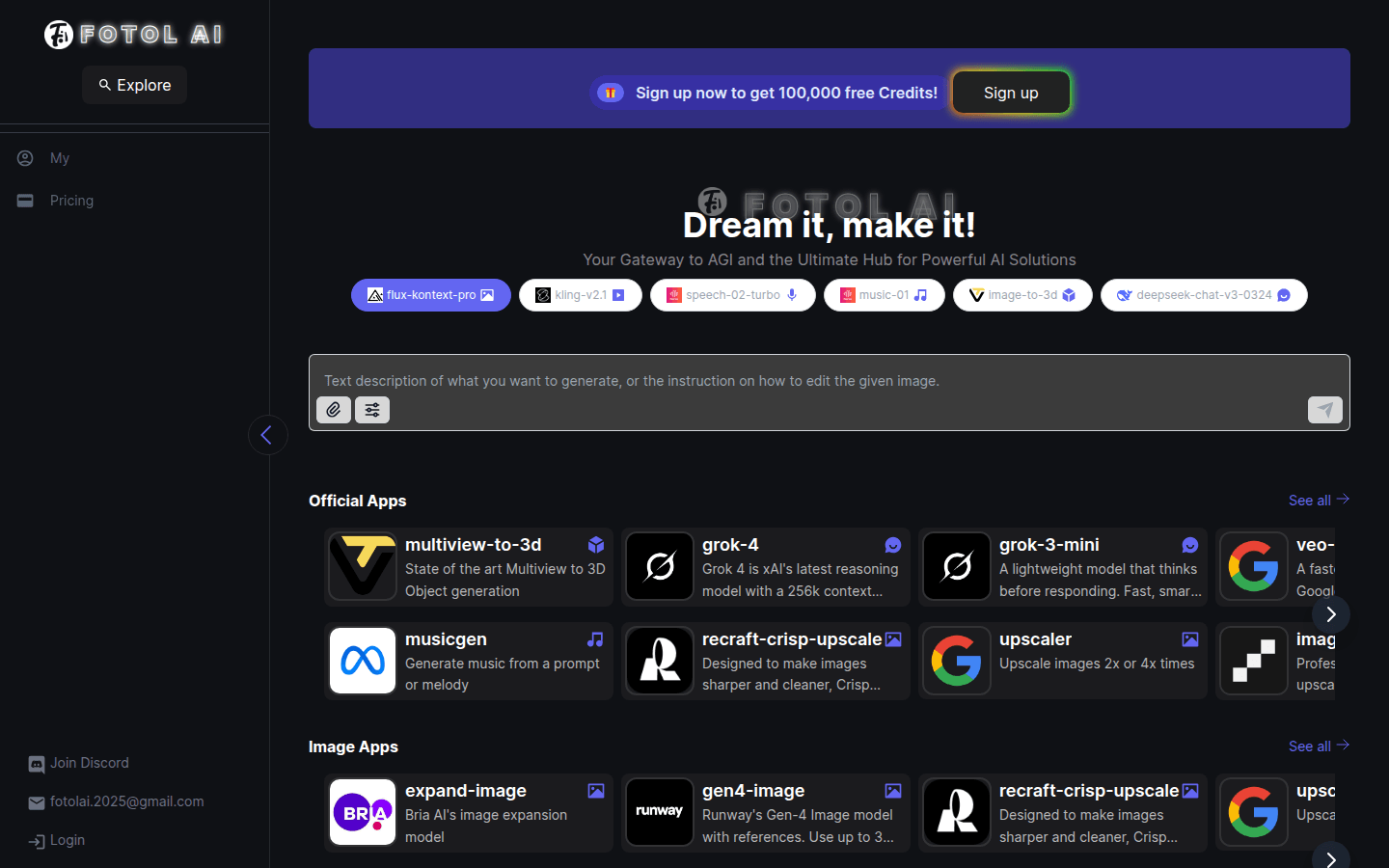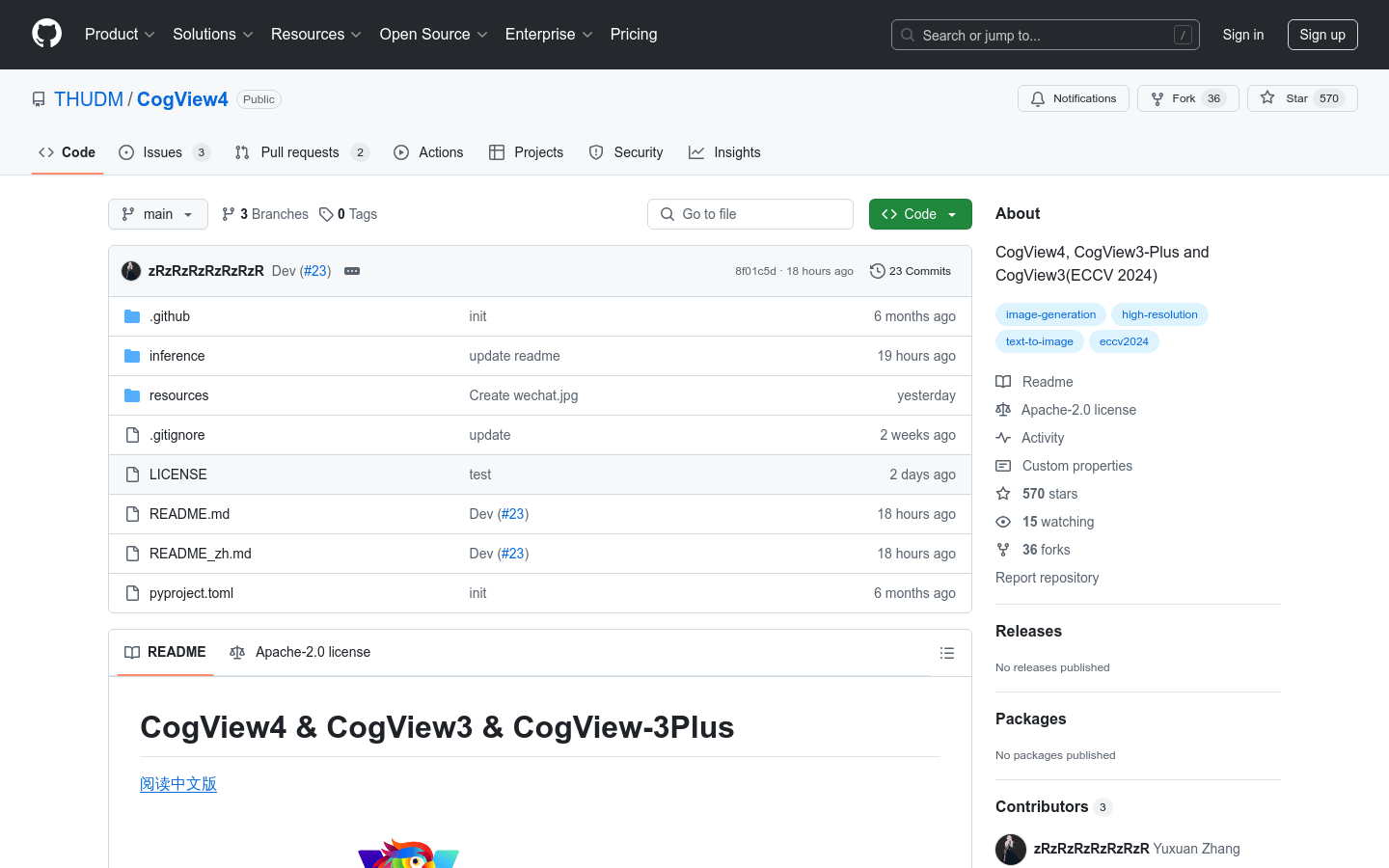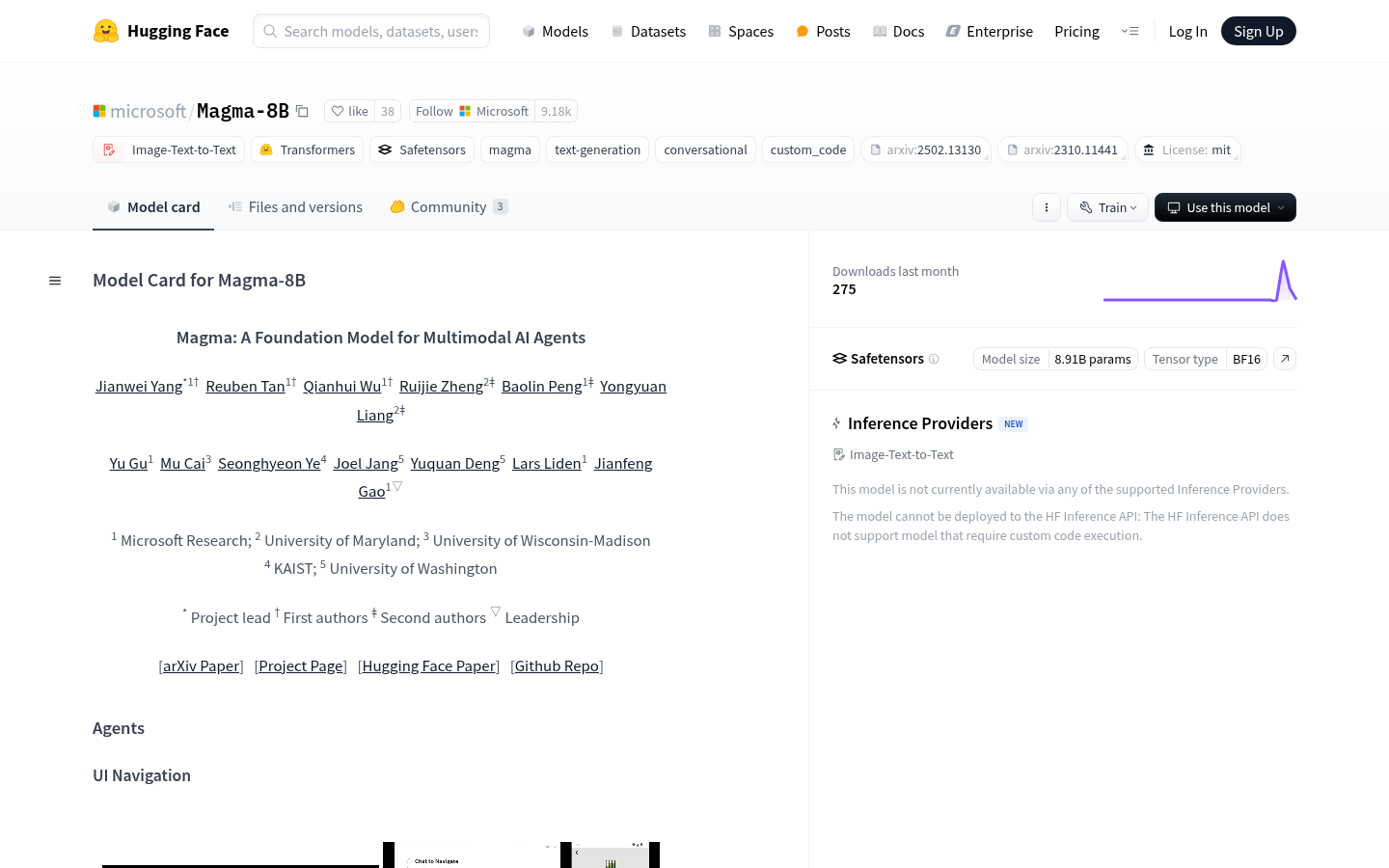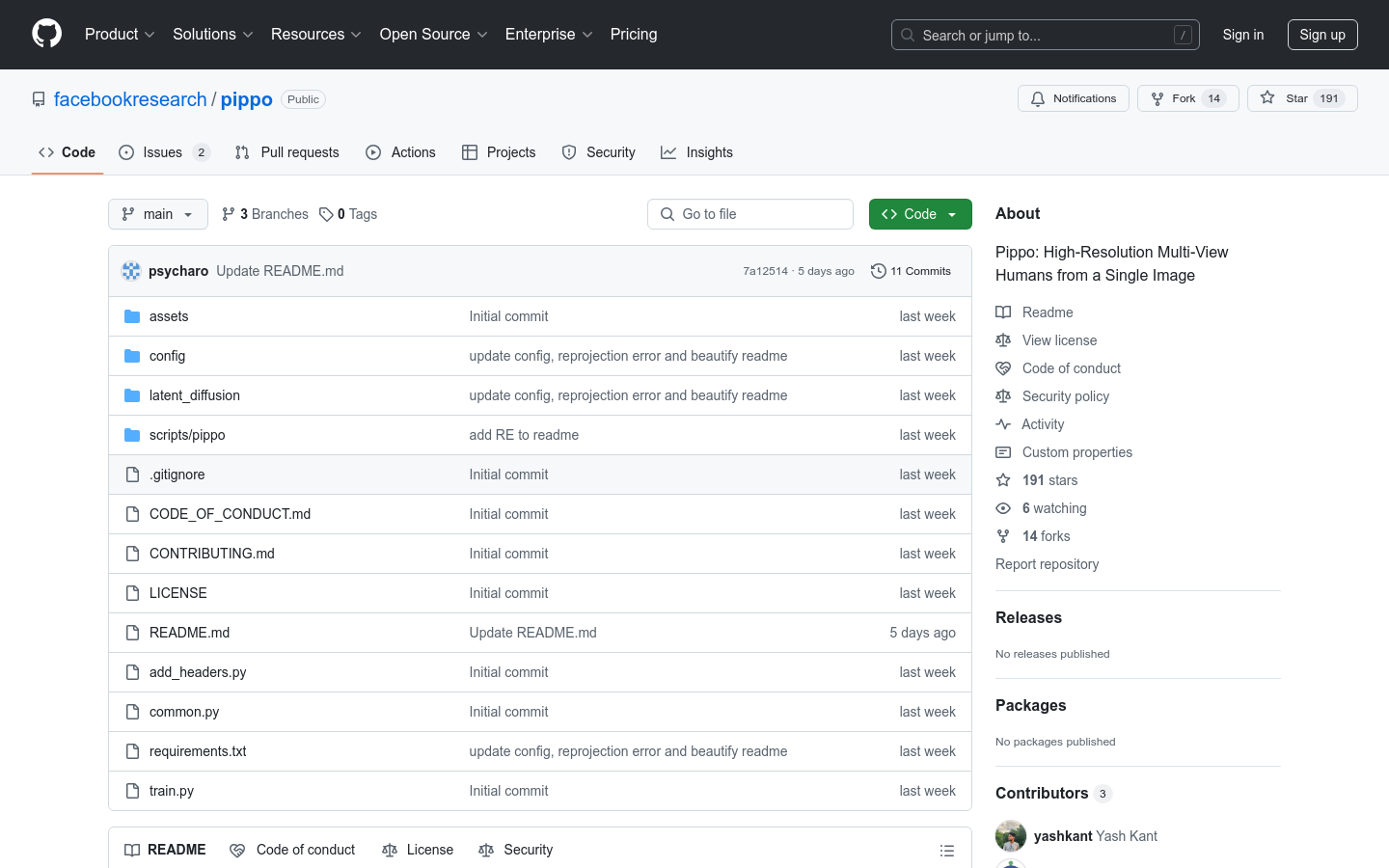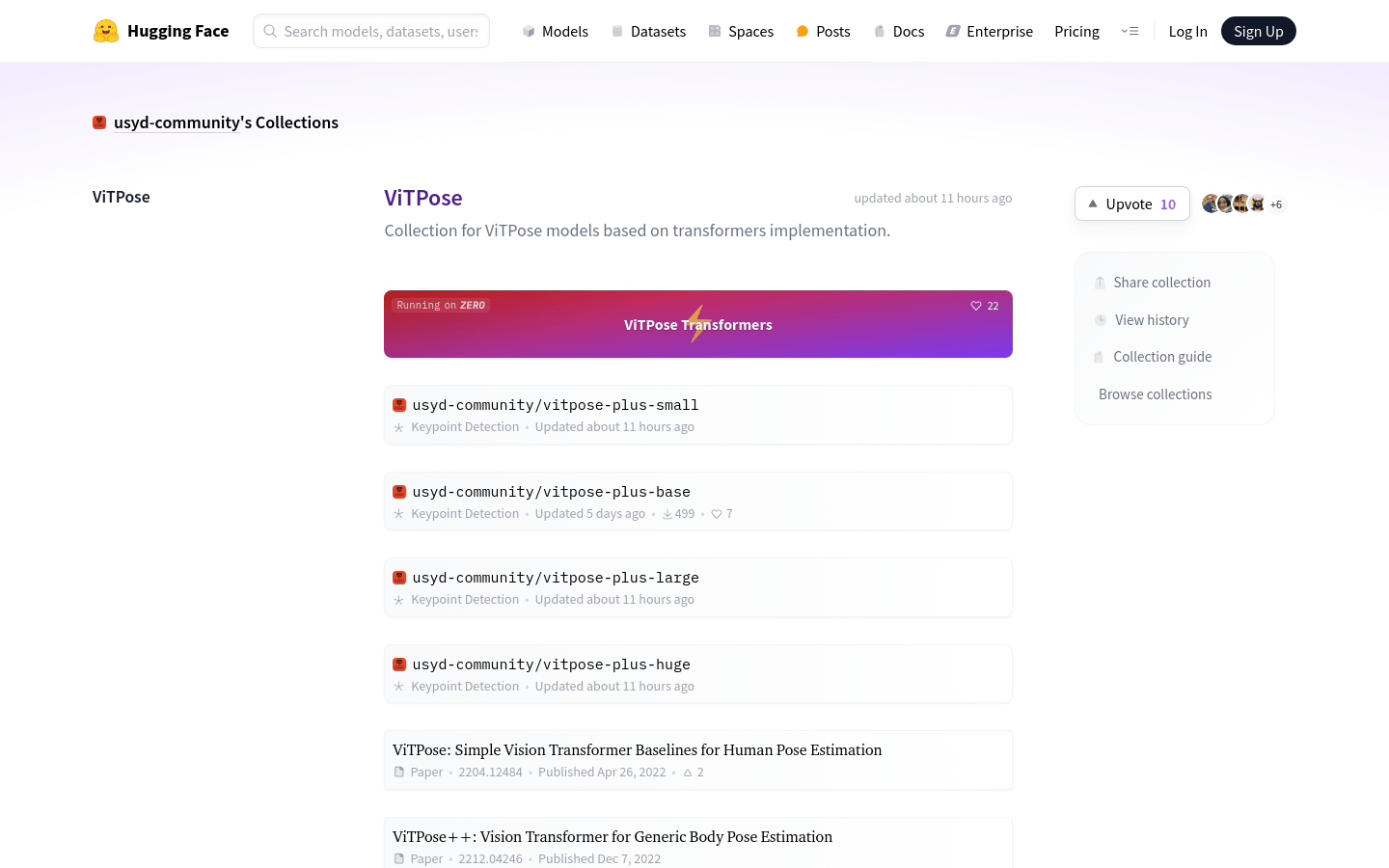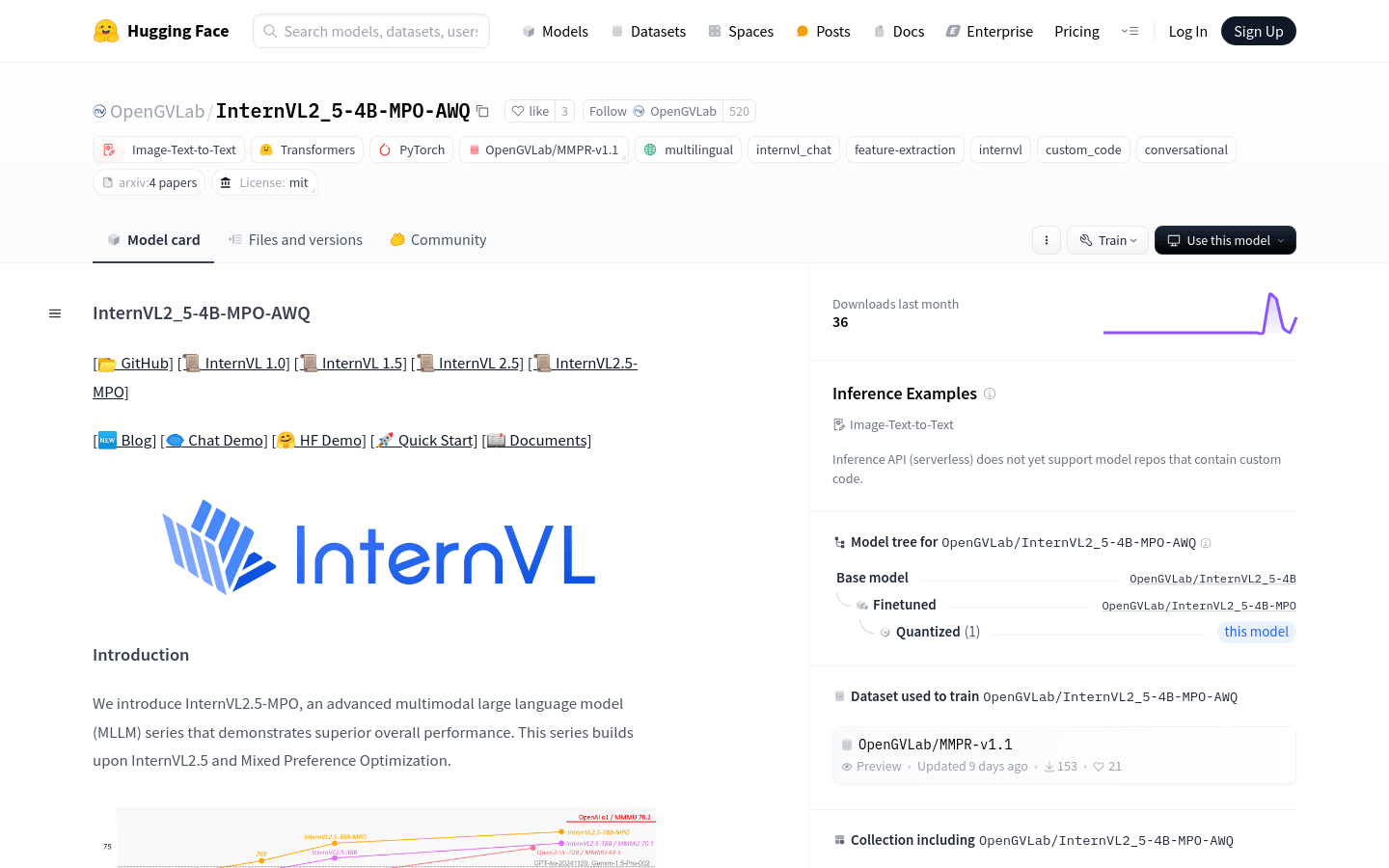🖼️
image Category
AI model
Found 100 AI tools
100
tools
Primary Category: image
Subcategory: AI model
Found 100 matching tools
Related AI Tools
Click any tool to view details
Related Subcategories
Explore other subcategories under image Other Categories
🖼️
Explore More image Tools
AI model Hot image is a popular subcategory under 352 quality AI tools
![FLUX.1 Krea [dev]](https://pic.chinaz.com/ai/2025/08/01/25080110475283667344.jpg)

